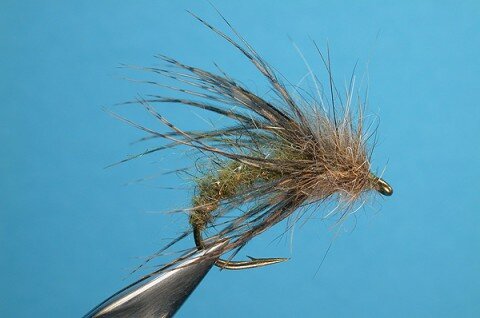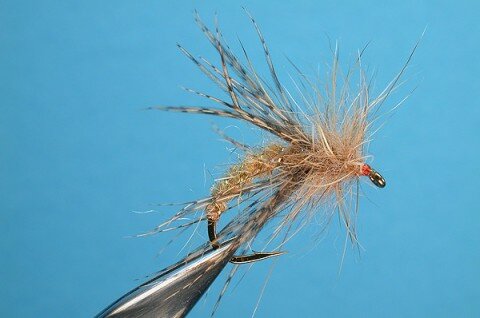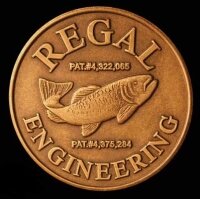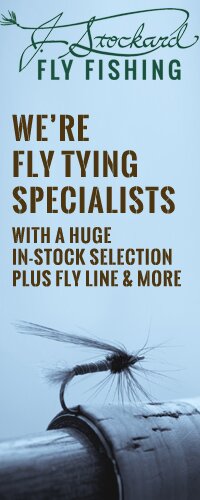I’ve been reading The Founding Flies by Mike Valla lately and found the chapter on Lew Oatman quite interesting. Then I remembered that Don Bastian had mentioned Oatman in a post a couple weeks back. It was an interesting read and Don can certainly tell a good story. One of the flies he highlights in the post is the Triple Threat Caddis originated by Jim Slattery. I went to the link Don provided to have a look at the pattern, but then searched more to see what I could find. Luckily I found a photo of the TTC taken by Hans Weilenmann on his Flytier’s Page. The fly is tied by Jim, so you can’t get anymore accurate than that. An olive and a tan colored TTC were listed. You can see them below.
Then I found an excerpt written by Jim about the pattern.
“Actually I came up with the fly because I was not satisfied with the Caddis flies I had been using, especially submerged patterns. The TTC became a go to fly for me as soon as I started using it. It seemed as if it would always take 1 fish out of a holding spot or at least get a strike. It has been successful from coast to coast and internationally as well. There was a fellow who asked permission to do a article about it in a German magazine.
The TTC can be tied in different colors and sizes…to suit the insects in your area. That being said the a large size 10-12 green and a size 14 tan seem to be consistent takers everywhere I’ve fished.”
Hook: Tiemco 2457 or 2487 #10
Thread: Olive uni 8/0 , pearsals silk thread for Leisenring loop
Rib: X Fine oval tinsel
Abdomen: Blended Olive dubbing , spun on olive silk ( Leisenring’s method )
Hackle: Dark brown partridge
Thorax: Spun olive Hare’s ear
Hook: Tiemco 2457 or 2487 #10
Thread: Orange uni 8/0 , pearsals silk thread for Leisenring loop
Rib: X Fine oval tinsel
Abdomen: Blended tan dubbing , spun on orange silk ( Leisenring’s method )
Hackle: Light brown partridge
Thorax: Spun tan Hare’s ear
















